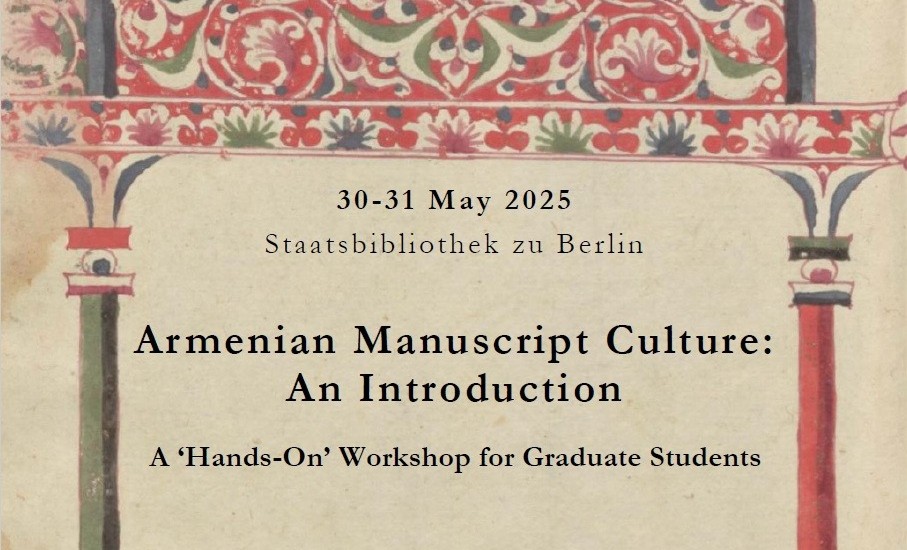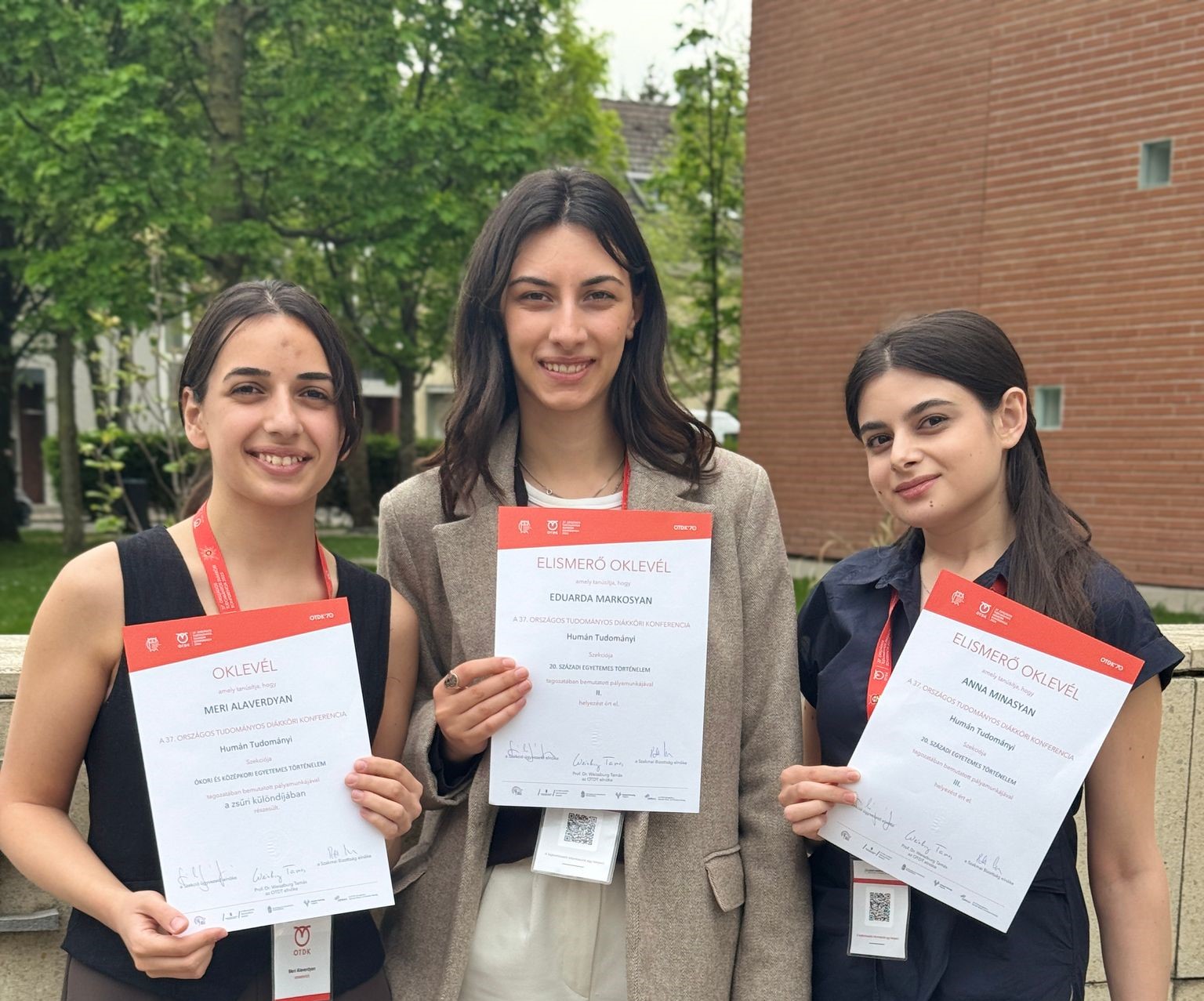
The Department of Armenian Studies at the Faculty of Humanities and Social Sciences of Pázmány Péter Catholic University (PPKE BTK) organized a highly successful summer school on ethnic and religious minorities in Georgia from June 28 to July 2. Students from nine countries participated in the program, titled Pluralism in the South Caucasus: Religious and Ethnic Minorities in Georgia.










